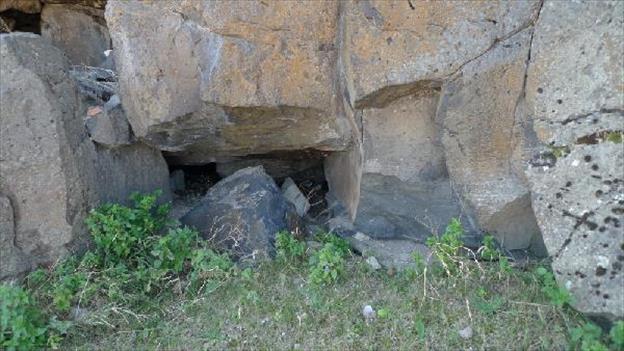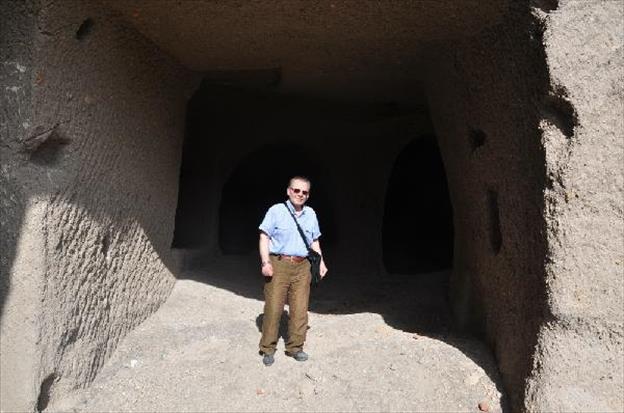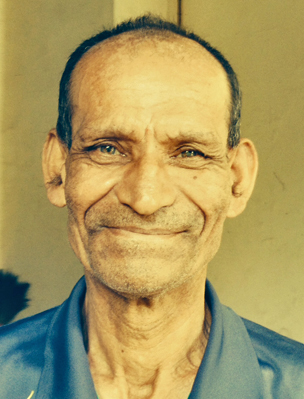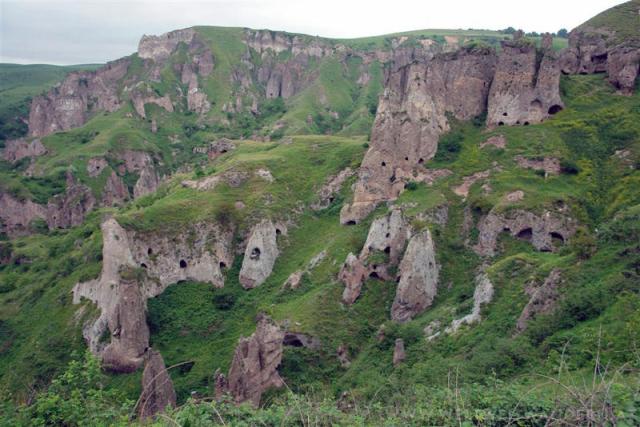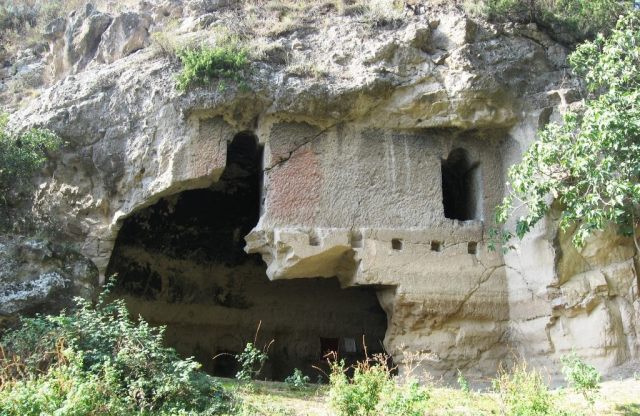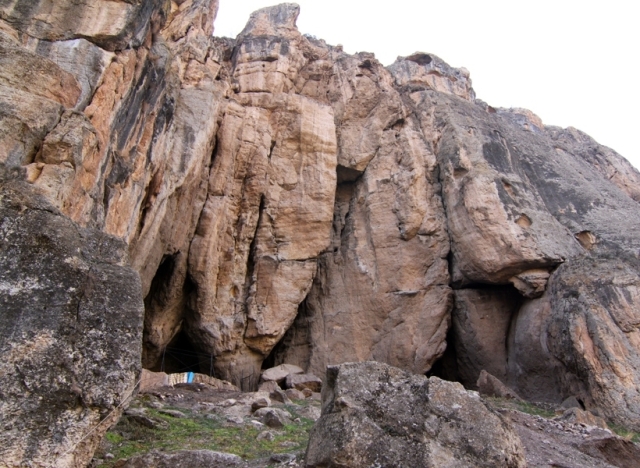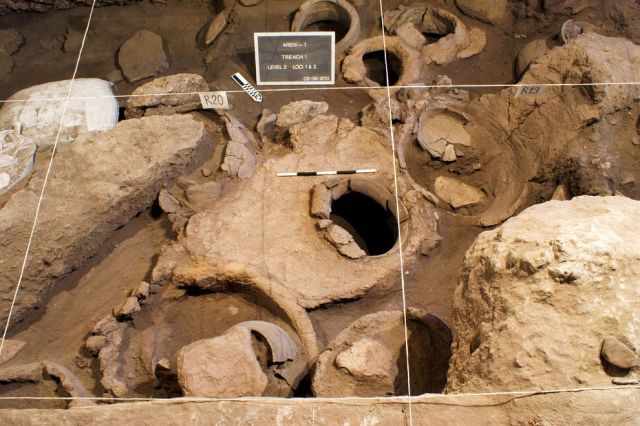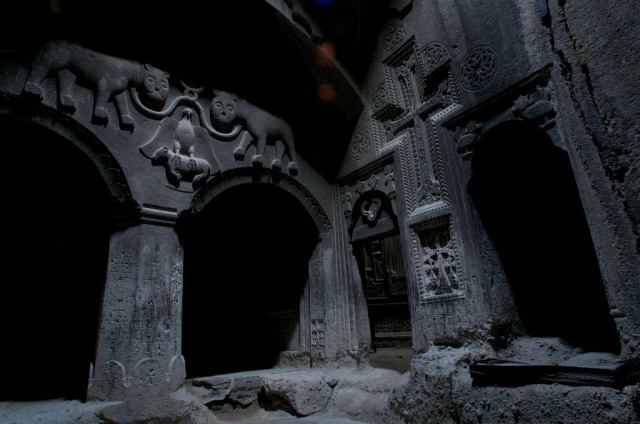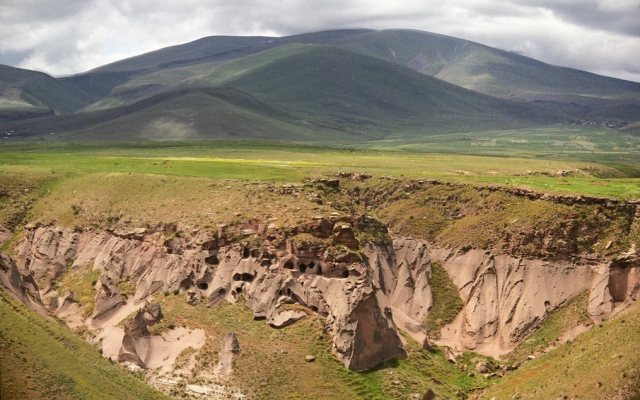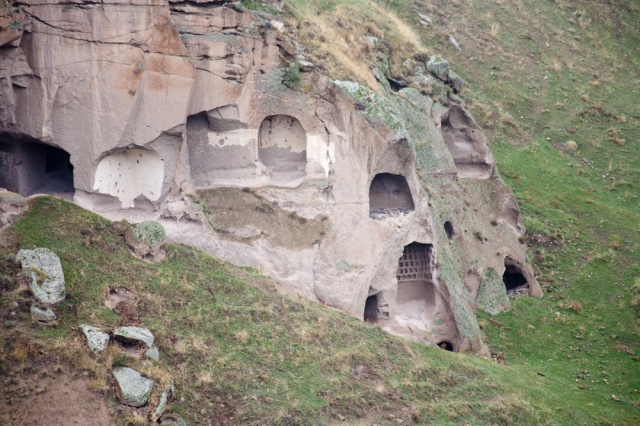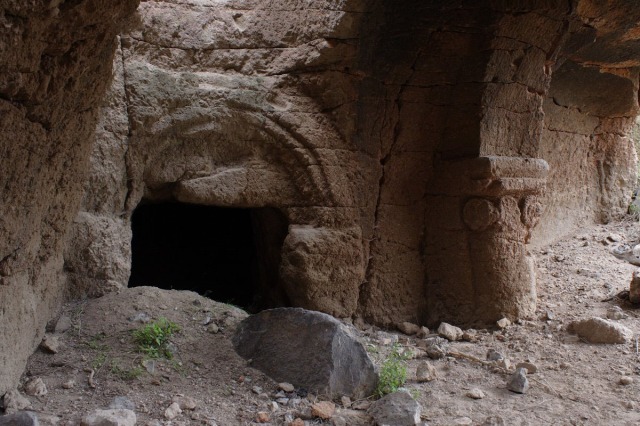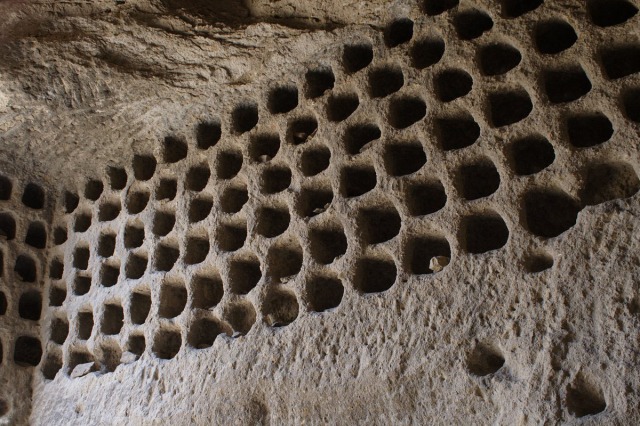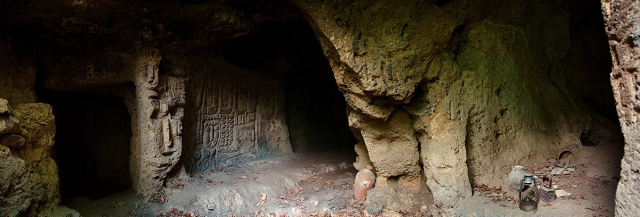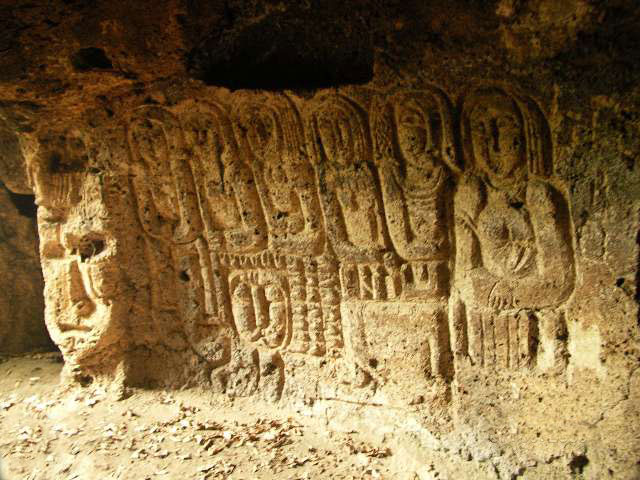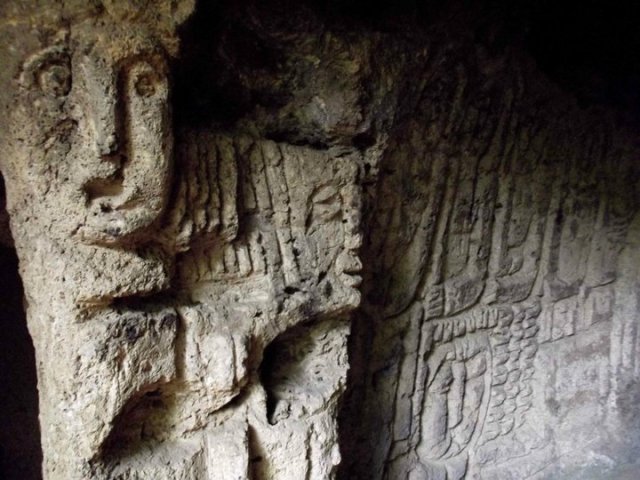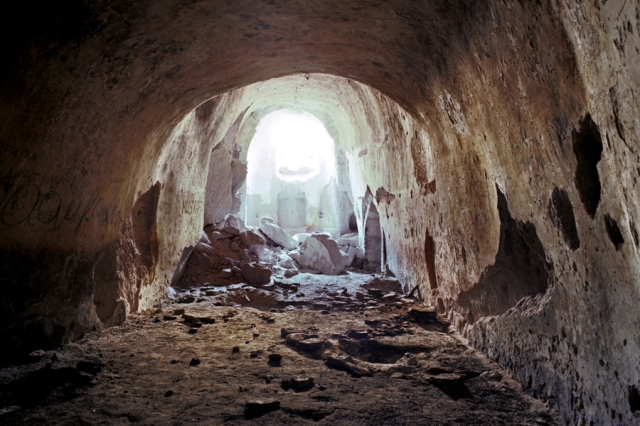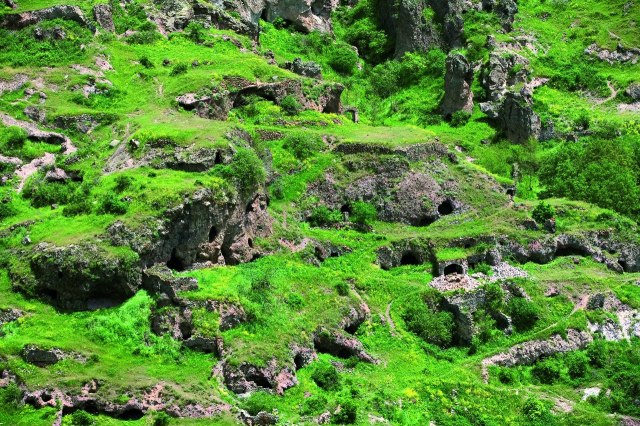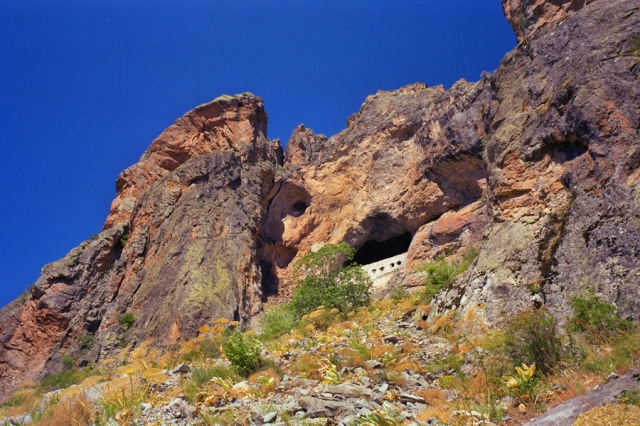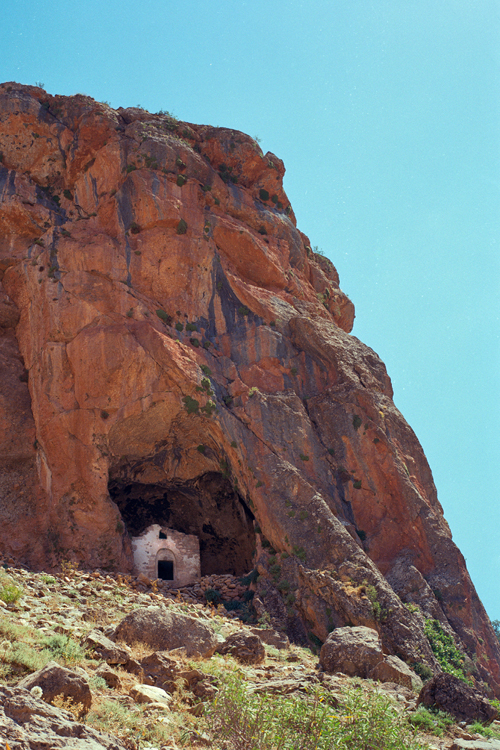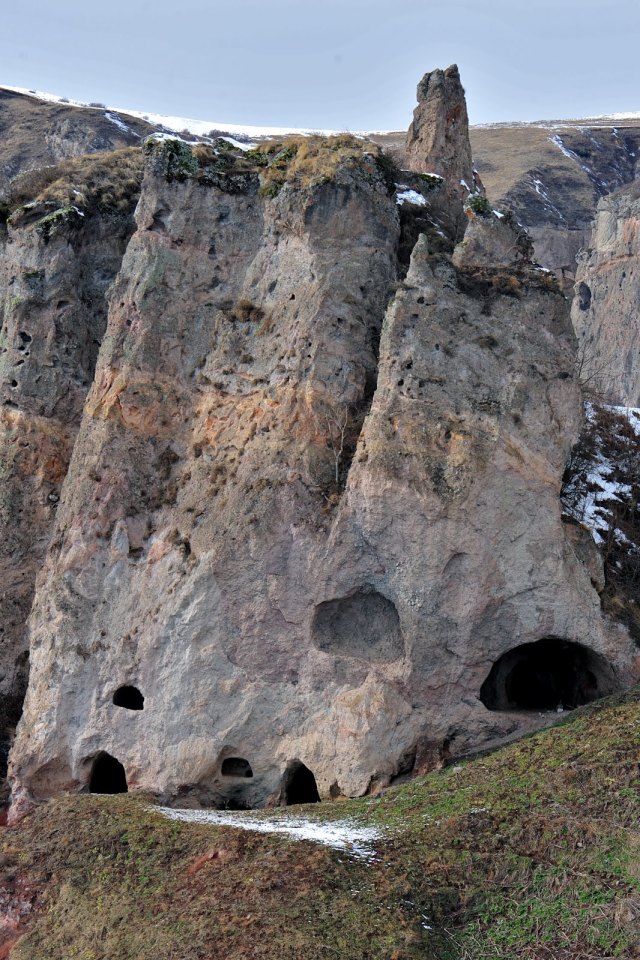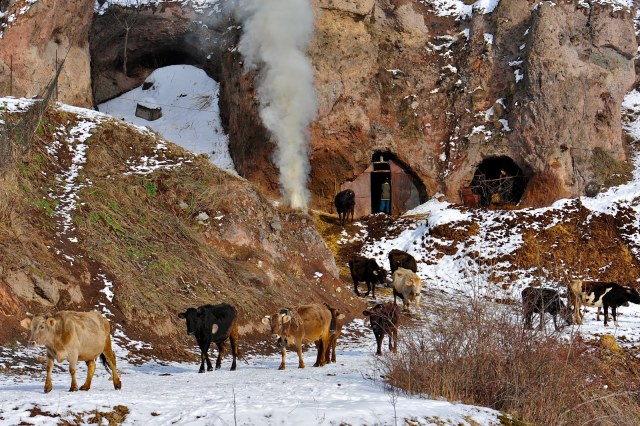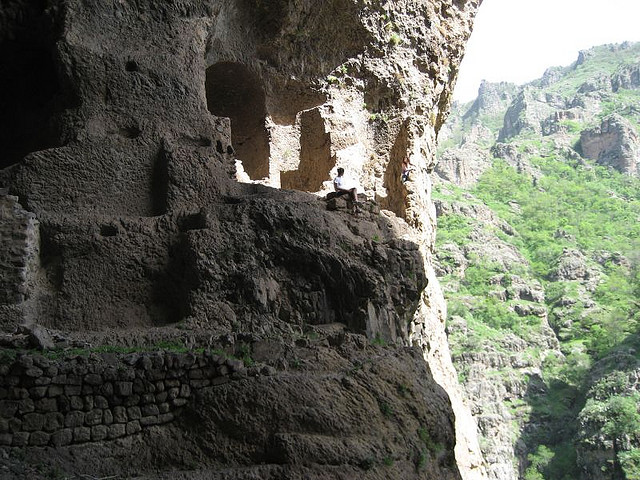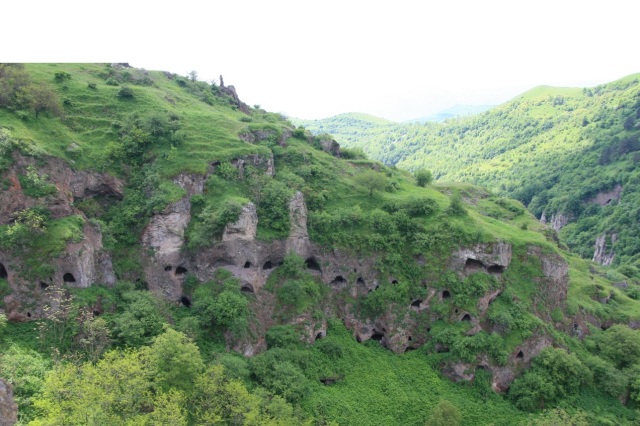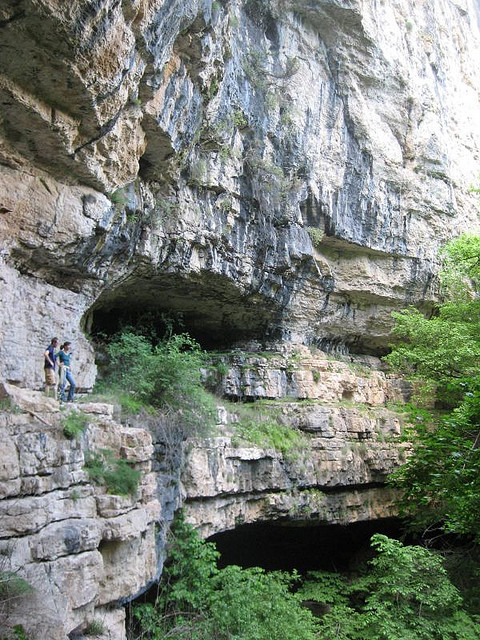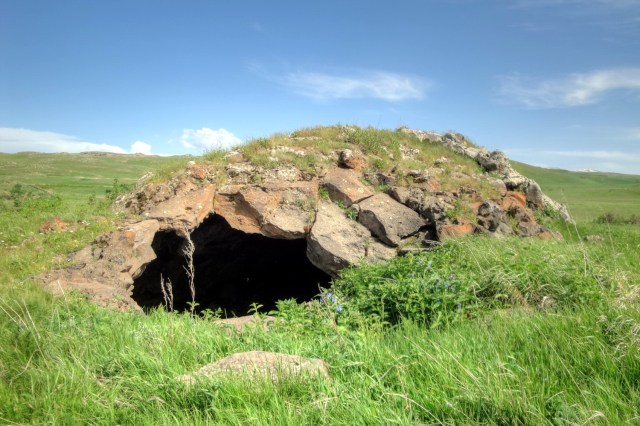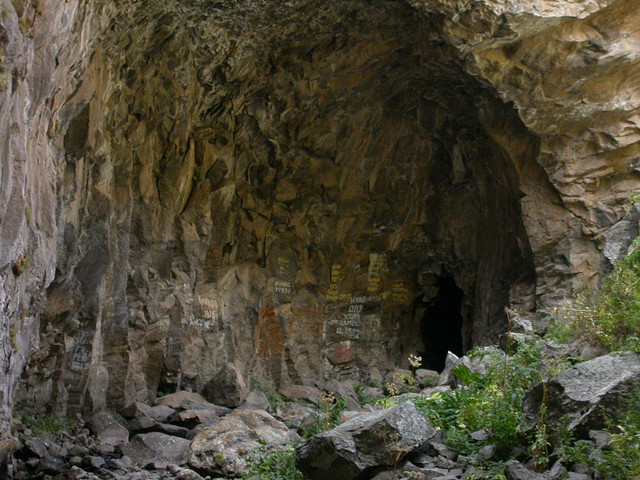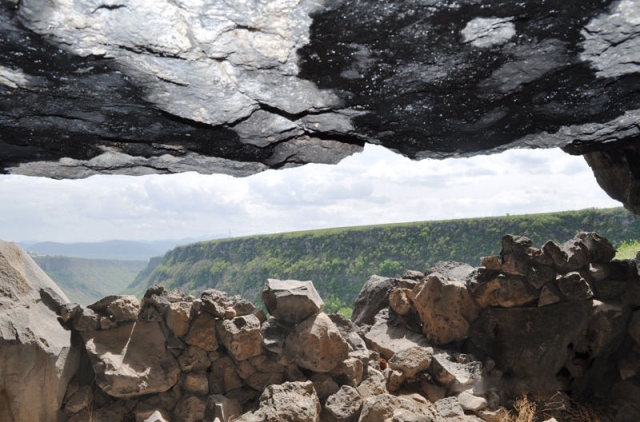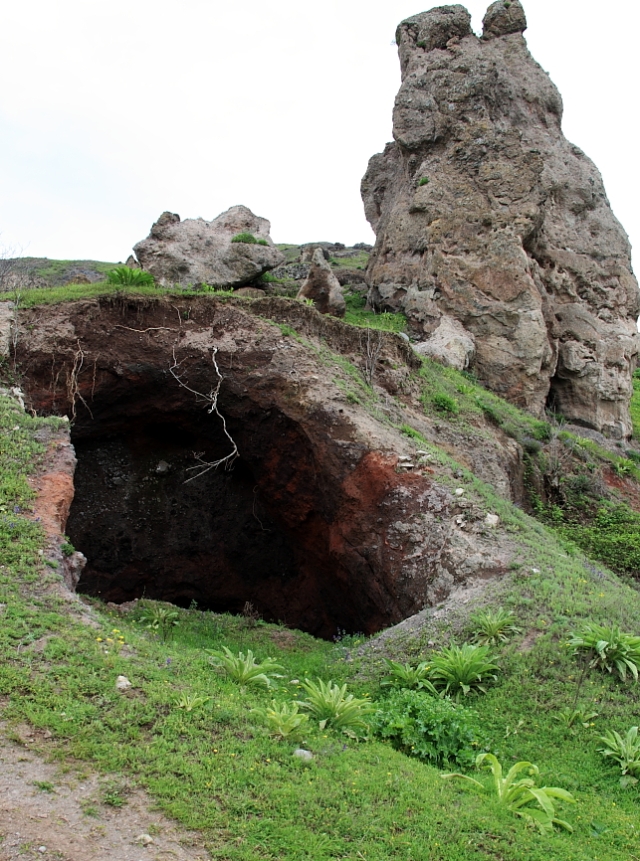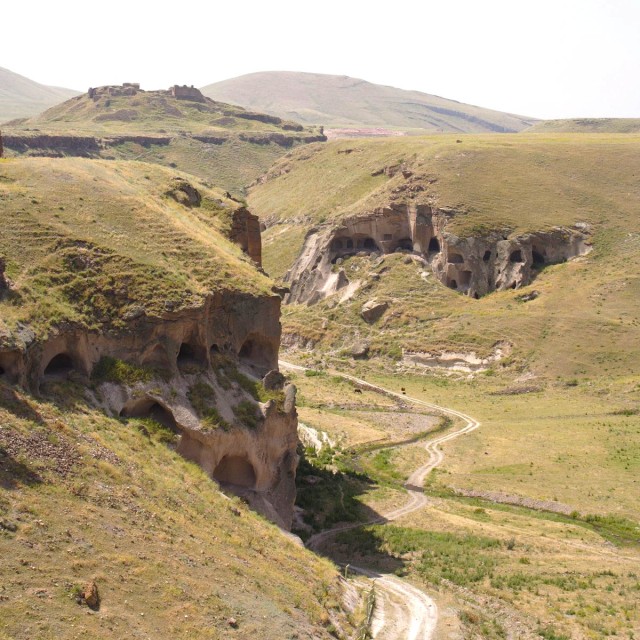One of the oldest churches in Myanmar, also known as Burma, is struggling to keep going – its congregation only occasionally reaches double figures. But the opening up of the country to outside investment and tourism is offering new hope.
![Armenian Church of Myanmar]()
Armenian Church of Myanmar
By Andrew Whitehead
BBC World Service, Yangon
Reverend John Felix, priest at the Armenian church in Yangon, also known as Rangoon, can’t speak Armenian – but then neither can his congregation. Not that there is much of a congregation these days – just seven, myself included, on a recent Sunday morning.
The 150-year-old church enjoys an imposing location, at a street corner in downtown Yangon. It’s a beautiful building, a patch of calm in a bustling city. The Armenian Orthodox church of St John the Baptist – standing, suitably, on Merchant Street – is almost all that’s left of what was one of the city’s main trading communities.
“To judge from church records, there were once a few hundred Armenian families in Burma but the last ‘full’ Armenian died last year. Across the country, there are no more than 10 or 20 families who are part Armenian – and just a handful still come to the church,” says Felix.
Rachel Minus, in her mid-30s, can sing in Armenian – and does with reverence – but can’t speak the language. She attends on Sundays with her father, who also tolls the church bells.
“My grandfather was full Armenian and our family name is derived from the Armenian surname of Minossian. We’re part Armenian and this church and its services mean a lot to us,” she says.
![Percy Everard]()
Percy Everard
On that Sunday, just one other worshipper was of Armenian descent. Percy Everard has been coming to the church for decades. His wedding, the priest believes, was the last to be conducted at the church – but it’s so distant no one is quite sure how long ago it took place.
In the early 17th Century, large numbers of Armenians fled the Ottoman Empire and settled in Isfahan in what’s now Iran. From there, many travelled on in later years to form a commercial network which stretched from Amsterdam to Manila.
Their influence in the British Raj reached its peak in the late 19th Century, when census records suggest that about 1,300 Armenians were living principally in Calcutta, Dhaka and Rangoon.
Their closeness to the Burmese royal court gave them a particularly privileged status in Rangoon’s trading community. The land on which the church stands is said to have been presented to the Armenians by Burma’s king.
The region’s most prestigious hotels – including The Strand a short walk from the church in downtown Yangon and the even more famous Raffles in Singapore – were established by Armenians.
But bit-by-bit over the past century many in these small Armenian outposts, worried by political and economic instability, have looked for a new home – with Australia the most favoured destination.
John Felix – whose bishop is based thousands of miles away in Sydney – is a welcoming and enthusiastic clergyman, proud of his church and unbowed by the difficulties of keeping going as the congregation steadily shrinks.
Felix took over as priest of the Yangon church from his father, who died three years ago after more than 30 years as minister. Like his father, he was initially ordained into the Anglican communion and then re-ordained as an Orthodox priest.
He was born in Myanmar, speaks Burmese – but is of south Indian origin, and so has his roots in another of the migrant communities which once made Yangon such a thriving commercial hub.
A global church
![The Armenian church in Chennai]()
The Armenian church in Chennai
- One of the earliest Christian civilizations, Armenia’s first churches were founded in the 4th Century
- According to tradition, Armenia was evangelized by the apostles Bartholomew and Thaddeus
- Now churches in many countries including India, Singapore, Uruguay, Argentina, Ethiopia, Indonesia, Swaziland, Australia, US, Sudan, UAE, Romania and Italy
He worries about the upkeep of the building. “There are three spots in the roof where the water’s coming in, and we need to get them fixed.”
But this is by any standards a neat, well-kept church, and an important part of Yangon’s rich colonial-era architectural heritage which is increasingly attracting tourists and international attention.
Sunday worship has all the hallmarks of an Orthodox church service – icons, incense and, in spite of the slender attendance, entrancing hymn singing. Felix doesn’t wear the ornate priestly robes in which his father once conducted ceremonies, but he remains firmly part of the Orthodox tradition.
![The Armenian church pictured at the end of WW2]()
The Armenian church pictured at the end of WW2
That Orthodox lineage could be key to the survival of the church – as a spiritual home to all the various forms of Orthodox Christianity as well as a last vestige of an almost-gone Armenian community.
Already diplomats, business visitors and tourists from a range of Orthodox countries and churches – Russian, Greek, Serbian – occasionally swell the numbers at St John the Baptist, the only Orthodox church in Myanmar’s biggest city.
A new worshipper here, Ramona Tarta, is Romanian, a globetrotting business woman, publisher and events organiser who has lived in Yangon for the last few months.
“My faith is very important to me. Wherever I am in the world, I seek out an Orthodox church. But I was about to give up on Yangon. I thought it was the only city I’d ever lived in which had no Orthodox place of worship,” she complains.
She chanced across the Armenian church when driving past, and believes that with a little promotion, this historic building – and the tradition to which it bears testimony – could have a more secure future.
If the church reached out more actively to all strands of Orthodoxy then, she argues, it could attract more worshippers and find a renewed purpose. She’s set up a Facebook page for the church as a first step towards getting more attention.
Myanmar has had more than its share of troubles and upheaval over the last century. The country was occupied by the Japanese during World War Two, and suffered greater privation and damage to its infrastructure than almost anywhere else in the region.
![Circa 1940: Japanese Field Artillery on the march against Yangon in Burma]()
Circa 1940: Japanese Field Artillery on the march against Yangon in Burma
Many Armenians were among those who embarked on the arduous wartime trek north through jungle and forest to the relative safety of British India – a memorial in the church lists the 13 members of one Armenian family who died during the journey.
Burma gained independence from Britain in 1948, several months after India and Pakistan. Within a few years, it had a military-backed government which made little effort to develop commercial links beyond the country’s borders. The army’s violent suppression in 1988 of the democracy movement further heightened the country’s international isolation.
Over the past few years, Myanmar has been edging towards greater democracy, and has started to open its doors more widely to foreign business and investment. What was one of Asia’s most international cities is again starting to develop a more global aspect.
And a church which has its roots in an earlier era of international commerce may find fresh succour from a new bout of globalization.
![Armenian Church of Myanmar]()
Armenian Church of Myanmar
Source: http://www.bbc.com/news/magazine-28867884
![]()
![]()


